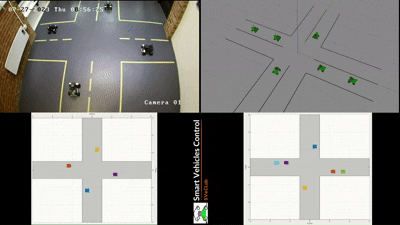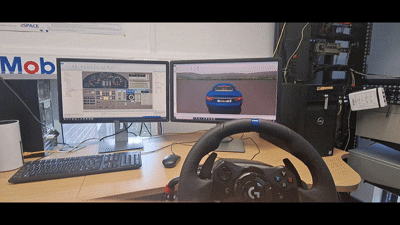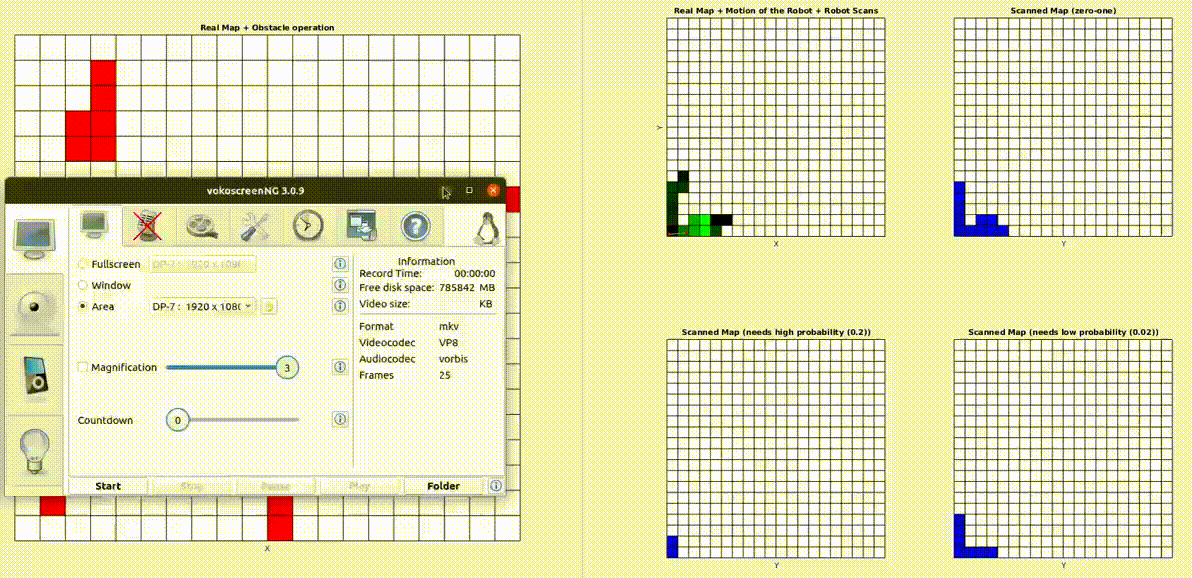
VISION
Exploring the Wonders of Engineering
Our research aims to understand the concepts and mechanisms of collaborative vehicles and robots. Our main focus is on connected and autonomous vehicles (CAVs) with electrified powertrains and a fleet of robots moving in unknown areas. We use advanced techniques to develop optimal design and control technologies for future cars and robots.
PEOPLE

DR ARASH M. DIZQAH
Co-Founder and Director; Associate Professor in Mechanical Engineering, University of Sussex
Arash has developed an expertise in design-under-uncertainty, energy management strategies and real-time implementation of model-predictive control (MPC) strategies in automotive engineering. He used to work in industry for 10 years as a cyber-systems architect prior to joining University of Sussex, where he led a team of 15 software and hardware developers located in three different companies. The team under his direction developed more than 400k source lines of codes.

DR JOSE M. HERREROS
Co-Founder; Associate Professor in Mechanical Engineering, University of Birmingham
His research interests focus on the development of clean and energy-efficient powertrains for vehicular applications and his expertise lies in the integration of modelling and experimental characterisation of pollutant emissions and powertrain systems. He has been involved in several Industry and EPSRC projects.
RESEARCH
Intelligence and Connectivity
We are interested in Engineering. Particularly, we focus on the design and control of the energy-efficient connected and autonomous vehicles (CAVs) and robots. Our long-term goal is to identify and characterize systematic approaches and theories specific to our principal areas of research. You can read on to find out more about these projects below.
Robot-in-the-Loop Simulator (RobiL)
We have developed a Robot-in-the-Loop Simulator at SVeCLab, the University of Sussex, for testing distributed and collaborative algorithms. RobiL provides a ROS-based integrated environment that closely approximates real-world conditions while maintaining cost-effectiveness and experimental control.



AUTONOMOUS MAPPING ROVERS
In this project a planar rover is equipped with different sensors like Lidar, camera and ultra-sonic range finders, as well as required processors to build a autonomous 2D mapping system. This platform is used to test developed mapping and motion control algorithms to autonomously move around and prepare a 2D map of rooms. The captured map is sent to a visualisation ROS-based server for illustration on a screen.

LOOK-AHEAD INFORMATION OF ROAD IMPROVES EMISSION AND ENERGY CONSUMPTION OF ENGINES
We have demonstrated the benefits of using look-ahead information from the roads for the airpath management of engines. We proposed a control strategy consisting of a hierarchical architecture of economic model-predictive controllers (eMPCs) to simultaneously improve emission and fuel consumption of engines using look-ahead information of the roads. Using an experimentally validated real-time model of an engine running on dSPACE SCALEXIO, the proposed controller shows an improvement of 10%, 10%, 1.5% in respectively NOx, soot and fuel consumption over the Worldwide harmonized Light vehicles Test Cycles (WLTC). Meanwhile, it shows an improvement of 29% in torque tracking errors. The controller has been developed to operate in real-time on ARM-Cortex A-15 processor where the worst-case computational time is 8.92 ms. The research is within a collaboration with FEV, Germany, and we are currently at the stage of testing the development on a real car.

Unlike traditional cars, connected and autonomous vehicles (CAVs) can cross intersections in a lane-free and signal-free order to increase the temporal-spatial capacity of intersections. This paper presents an optimal strategy to centrally control the CAVs entering an intersection to minimise the worst crossing time of the vehicles, or equivalently maximise the throughput of the intersection. The strategy is the solution of a minimum-time optimal control problem (OCP) that is highly non-convex due to the existence of constraints to avoid collision of vehicles with each other and with road boundaries. An algorithm is proposed to solve the formulated OCP by smoothing and convexifying the obstacle avoidance constraints using their dual equivalent problems in the form of relaxed necessary conditions. Simulation results show an average of 52% improvement in the crossing time of intersections as compared to the state-of-the-art reservation-based methods. Furthermore, it is shown that the minimum crossing time of an intersection is fixed and does not change regardless of the number of CAVs.
LANE-FREE CROSSING of CAVs THROUGH SIGNAL-FREE INTERSECTIONS

CODESIGN OF POWERTRAINS AND ASSOCIATED ENERGY MANAGEMENT STRATEGIES FOR ELECTRIFIED VEHICLES
This research introduces and investigates a novel approach to conjointly design electrified powertrains and associated management strategies for improvements in driving range, emission and batteries degradation. The research also aims to systematically study the effectiveness of this novel approach compared to the present sequential design where management strategies are designed for pre-existing powertrains.



